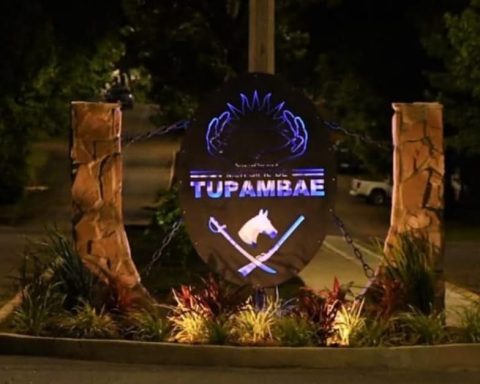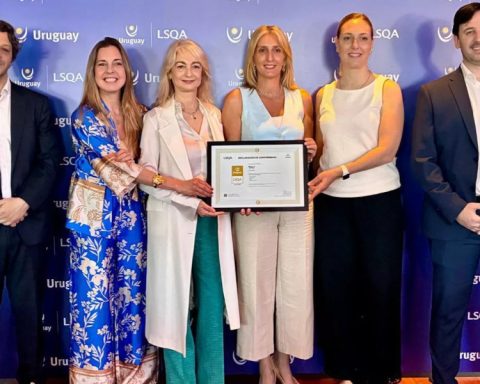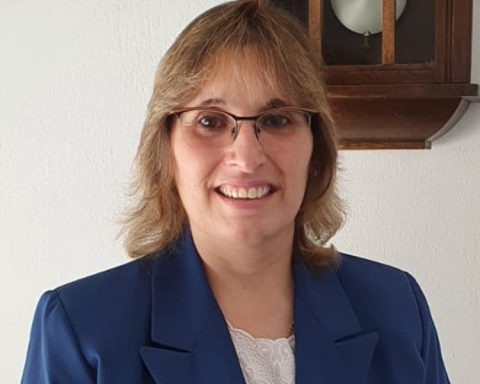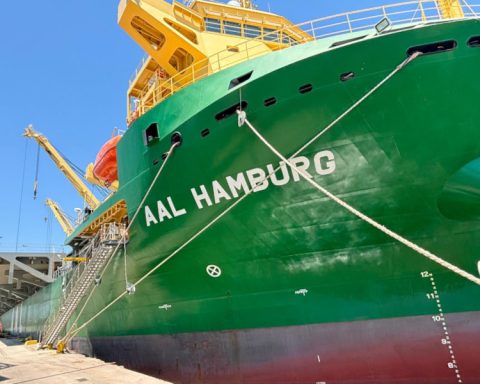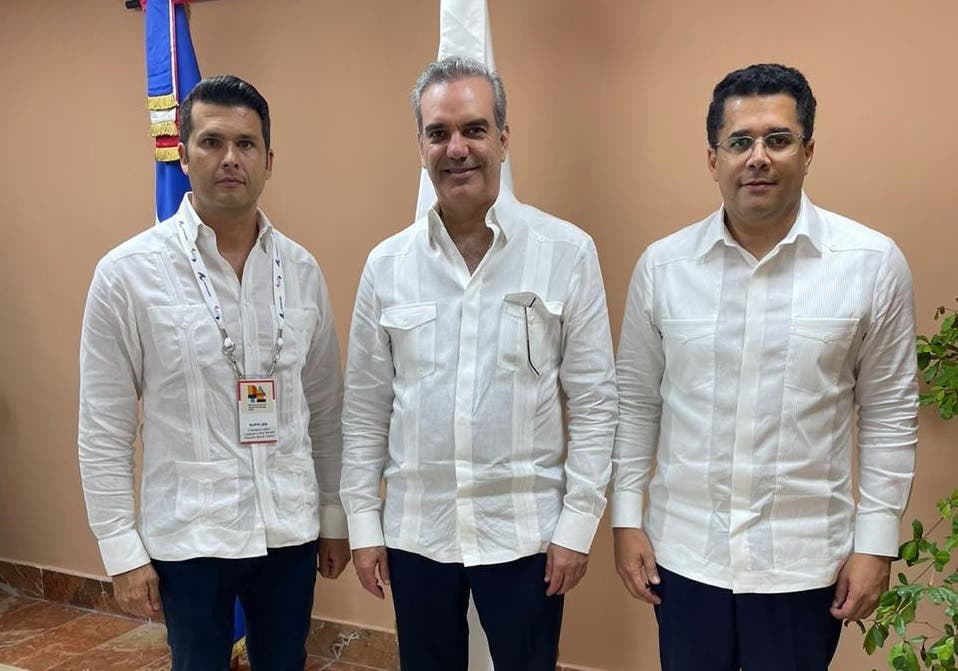In the last three summers, Montevideo and the metropolitan area were close to having problems regarding drinking water reserves. The situation was such that the authorities had “yellow light on” in terms of supply. Environment Minister Adrián Peña highlighted one aspect that is a priority for the government. When he took over the current administration, there was water for 40 days at the Aguas Corrientes plant, on the Santa Lucia River. The only source of raw water for most Uruguayans. A water source that, if quality is taken into account, is considered compromised.
The Aguas Corrientes plant has a production capacity of 580 thousand cubic meters per day. According to ministry figures, currently there is a deficit in the supply of gross water of 120 thousand cubic meters per day, which is projected to be 260 thousand in the year 2045, in the current conditions. “OSE studies say we need more water,” Minister Adrián Peña warned in Parliament.
The chief attended the OSE Environment Commission last week to defend what he defined as “the most important OSE drinking water project in the last 150 years.” Its about neptune Project, a private initiative that proposes taking water from the Río de la Plata, making it drinkable in the Arazatí area, in San José, and pumping it to the Recalque de Melilla, where 85% of the metropolitan network is located. It would inject almost 230 thousand cubic meters more per day, 35% more than it rises today, to an area where 60% of the country’s population lives.
For Peña, it means that the metropolitan area stops depending on a single source of drinking water, which is the Santa Lucía River, and on a plant area, that of Aguas Corrientes. “Anything that happens there would bring important and serious consequences, especially in what has to do with health aspects,” warned.
The project, according to government figures, It will employ 400 people at the peak of its construction and will generate nearly 2,000 indirect jobs over a two-year period. It involves an investment of $288 million. The idea was presented by a consortium formed by the construction companies, Saceem, Berkes, Ciemsa and Fast, which will have an advantage to be determined, between 5% and 20%, in the future call for expressions of public interest that will be made to award the work.
That is the benefit provided by the Investment Promotion Law, explained the minister. “There will be no other advantage”, said. “There is no UPM here with additional advantages to those already established by law”.
The substantial improvement in the amount of water, Peña specified, could mean some more income for OSE. “I am already going to say that there will be no changes in the rates,” the minister clarified. “It is about fulfilling nothing more and nothing less than a basic right, such as access to drinking water.This project is one hundred percent investment in people’s quality of life,” he claimed.
Environment, the Planning and Budget Office and the Presidency will focus on defining the type of contract and the financing structure, with the aim of opening the tender at the end of June so that the works can begin this year.
Various financing and operation options are handled. The final decision will basically be financial. The first is that OSE directly take the debt, which would be transferred to the public accounts, and carry out the preparation of the specifications and the bidding process. Fundraising would be done through the Ministry of Economy and Finance. The second way is for the private party to take on the debt and operate the plant in exchange for a canon from OSE.
Another option involves the creation of the Water and Sanitation Corporation of Uruguay (CASU), a new company that would be established between OSE and the National Development Corporation (CND), and which would be the vehicle through which the investment. It would be a mechanism similar to the one applied with respect to the Road Corporation of Uruguay. The government’s doubts here go through whether or not it would be imputed to public debt in this way. The new corporation would be the one that takes on the debt and the one that would then charge the entity.
Another alternative handled by the authorities implies that the investor is the one who takes the financing and that, through a kind of “lease contract”, OSE pays him for the use of an infrastructure, which will pass into the hands of the State once concluded. contract. In this case, as it is expected that the bank will charge the private party higher interest than if the borrower were the State, the annual fee that the entity must pay will be higher.
In the last option, the private sector, in addition to building and operating the plant, will be responsible for making the water drinkable and channeling it to OSE, through a BOT contract (build, operate and transfer, for its acronym in English), similar to the one that is applied today at the Carrasco International Airport. Depending on the route to be adopted, the annual cost for OSE will be between US$26 million and US$39 million per year.
“From the environmental point of view, although there will be an impact, it will be contained and it will not be very large,” Peña assured.
The authorities, in any case, maintain the old idea of building a reservoir in the Casupá stream, a long reserve of the Santa Lucía, which had been discussed since the last administration. In any case, this alternative does not solve the vulnerability of depending on that river and having only one plant. It does claim to have more water, although the final cost of the work would be almost three times what was originally projected. The first budget placed it at US$100 million, although current OPP calculations put it at almost US$300 million.
